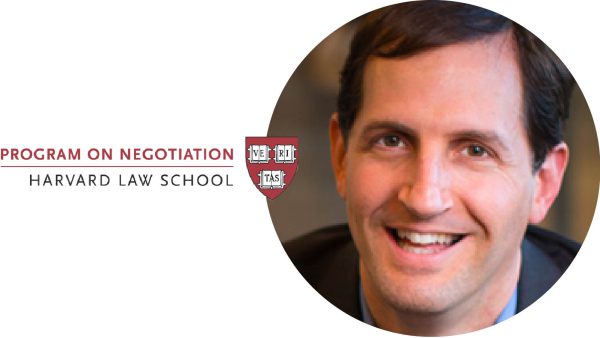Lead Boldly. Connect Deeply.
Achieve Optimal
Outcomes.
Lead Boldly. Connect Deeply.
Achieve Optimal
Organizational Outcomes.
Lead Boldly. Connect Deeply.
Achieve Optimal
Business Outcomes.
Lead Boldly. Connect Deeply.
Achieve Optimal
Team Outcomes.
Lead Boldly. Connect Deeply.
Achieve Optimal
Financial Outcomes.
Lead Boldly. Connect Deeply.
Achieve Optimal
Board Outcomes.
Jennifer has worked with:
Meaningful, measurable results for CEOs and executive teams
Dr. Jennifer Goldman-Wetzler brings three decades of deep expertise and hands-on experience advising global CEOs and their teams dealing with complex conflict and change. Limiting her engagements to a select few purpose-driven leaders each year, she equips CEOs and their teams to build stronger relationships so they can collaborate, innovate and achieve extraordinary business results with greater confidence and ease.
Here's what top executives are saying:

Allan Weiser
CEO, Dates Weiser/Knoll Specialty

Marshall Goldsmith
Thinkers50 #1 Executive Coach and New York Times bestselling author of Triggers, Mojo, and What Got You Here Won’t Get You There

Amy Elizabeth Fox
CEO, Mobius Executive Leadership

Jeffrey C. Walker
Former Vice Chairman, JPMorgan Chase & Co.

Jon Hitchon
Former Chief Operating Officer, Two Sigma Investments

Felix Van de Maele
CEO, Collibra

Carla Smith
Chief People, Strategy and Climate Officer, Intact Financial Corporation

Sharon Fay
Head of Equities and CIO Global Value, AllianceBernstein

Melissa Kremers
Chief Financial Officer, Private Family Office

Jeffrey Nelson
EVP, New York City Economic Development Corporation

Jerry Colonna
CEO, Reboot.io

Rachael O’Meara

Dr. Peter T. Coleman
Professor of Psychology and Education & Executive Director, International Center for Cooperation and Conflict Resolution, Columbia University

Daniel L. Shapiro, Ph.D.
Founder & Director, Harvard International Negotiation Program

Executive Secretary
Conflict Prevention, United Nations

Allan Weiser
CEO, Dates Weiser/Knoll Specialty

Marshall Goldsmith
Thinkers50 #1 Executive Coach and New York Times bestselling author of Triggers, Mojo, and What Got You Here Won’t Get You There

Amy Elizabeth Fox
CEO, Mobius Executive Leadership

Jeffrey C. Walker
Former Vice Chairman, JPMorgan Chase & Co.

Jon Hitchon
Former Chief Operating Officer, Two Sigma Investments

Felix Van de Maele
CEO, Collibra

Carla Smith
Chief People, Strategy and Climate Officer, Intact Financial Corporation

Sharon Fay
Head of Equities and CIO Global Value, AllianceBernstein

Melissa Kremers
Chief Financial Officer, Private Family Office

Jeffrey Nelson
EVP, New York City Economic Development Corporation

Jerry Colonna
CEO, Reboot.io

Rachael O’Meara

Dr. Peter T. Coleman
Professor of Psychology and Education & Executive Director, International Center for Cooperation and Conflict Resolution, Columbia University

Daniel L. Shapiro, Ph.D.
Founder & Director, Harvard International Negotiation Program

Executive Secretary
Conflict Prevention, United Nations
A motivating speaker
Dr. Jennifer Goldman-Wetzler is a sought-after speaker on how to create organizational health and growth in the midst of innovation and change. Her dynamic keynotes leave audiences highly motivated and equipped with practical tools for taking action and achieving optimal outcomes.
Optimal Outcomes
In her bestselling book, award-winning organizational psychologist Dr. Jennifer Goldman-Wetzler teaches us that when conflict resolution fails, we can achieve freedom instead—even without others' cooperation.
Stay in Touch.
Subscribe to Dr. Goldman-Wetzler's newsletter on how to achieve optimal outcomes. When you sign up, you'll also receive a complimentary Optimal Outcomes Workbook.
"*" indicates required fields




























